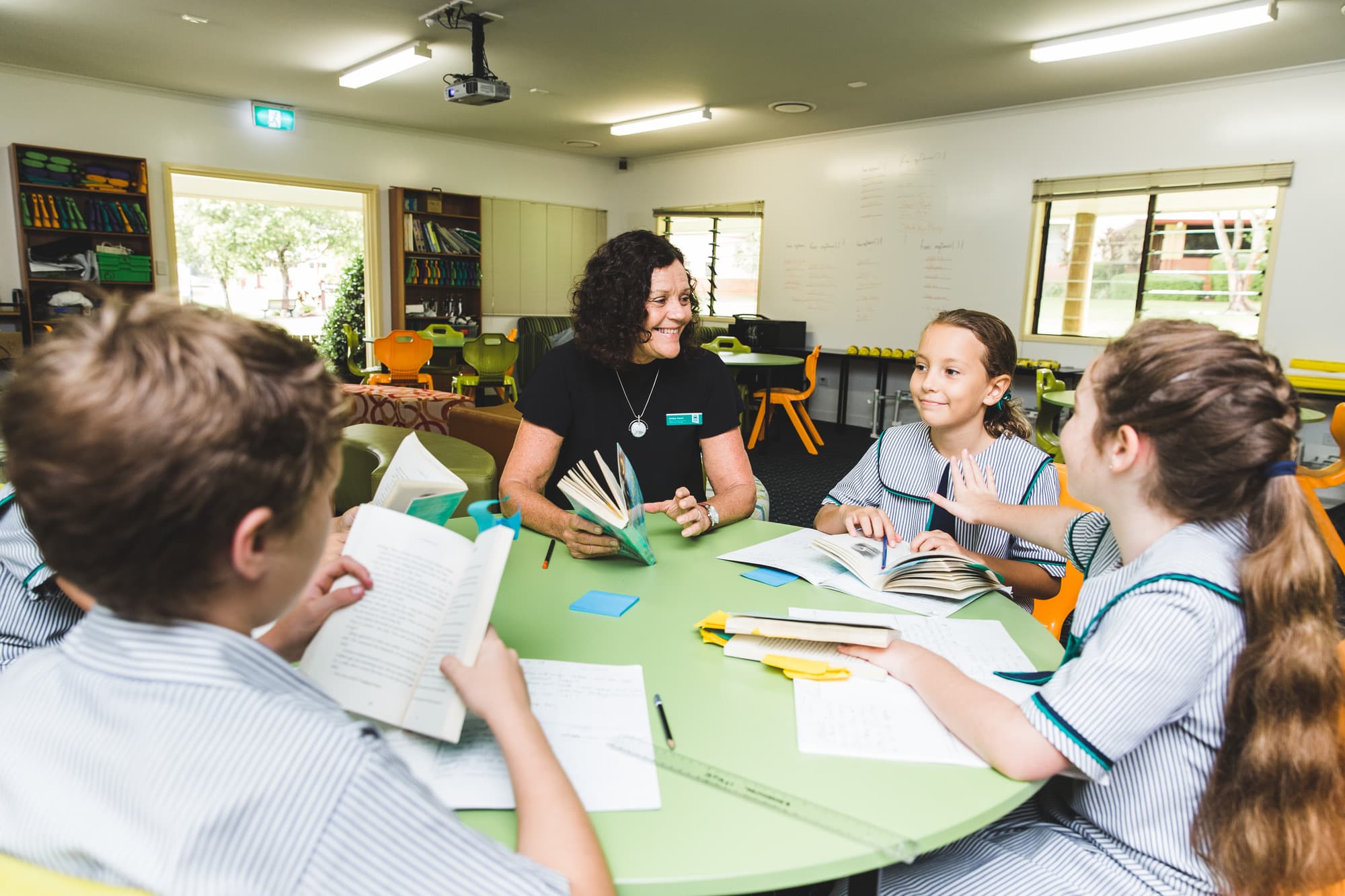With NAPLAN testing taking place across the nation this week, it prompts thinking about how schools use this and other forms of data to improve student learning outcomes.
At Matthew Flinders Anglican College, we access many sources of data, all with explicit purposes. Data such as NAPLAN, AAS and Progressive Assessment Tests (PAT) are referred to as standardised assessments. These assessments are designed to provide objective, norm-referenced information to teachers about their students’ skills and understandings in a range of key areas in English and Mathematics. This data informs how our students are achieving in relation to other students in Australia.
We also administer diagnostic data such as the Developmental Reading Assessment (DRA), assessments for Get Reading Right (phonics), Maths Fluency tests and Number pre-tests, which provide finer-grained evidence of the knowledge and skills a student may or may not have. This type of data informs teachers of the next steps of instruction for their students.
Semester reports provide summative data representing a summary of learning achievement over two terms. Teachers collectively plan the assessments and moderate the evidence using criteria to ensure consistency of judgement. Apart from informing parents of their child’s achievement, this evidence is also included as part of the bigger data picture for each student.
Combining data from the multiple sources mentioned provides rich evidence to inform academic priorities as well as to shape learning profiles for our students.
At a school level, this evidence provides links between practice and results. Data becomes an evaluation tool as in the case of recent Primary School academic priorities at Flinders to extend and deepen understanding and thinking, particularly in English and Mathematics where students have performed with increasing proficiency when measured to standardised benchmarks.
Our data from last year also indicated that our students needed more learning at the surface level in English and Mathematics. Students’ foundational skills were commonly not at the essential level of automaticity to free-up working memory so that deeper, more complex learning could occur. This year in Flinders’ Primary School, programs such as Xtra Maths, Spelling Mastery, Get Reading Right, Big Write and Education Perfect all deliver surface learning for mastery.
Student learning profiles are a result of the analysis of standardised assessment results, summative and diagnostic evidence together with teachers’ day-to-day formative feedback, and provide specific information on current student learning and achievement as well as what they are ‘ready for’ next. These profiles have informed identifying the appropriate ‘Ready For…’ groups for students in Years 1-6. The Ready For… groups are flexible so it’s important to note that ongoing evidence can show students demonstrating different levels of understanding and skills depending on the aspect of the subject area. This means students’ needs vary in the type of learning they are ready for. So, rather than getting ‘in’ or ‘out’ of a group, students change groups based on the learning they are ready for.
A final word on data. Data learning profiles build a well-defined picture of achievement and next steps for learning. However, students must apply the learning dispositions or their approach to learning to be accomplished learners.
Debbie Planck | Head of Teaching and Learning Primary
Find our more about Primary Learning at Flinders.

